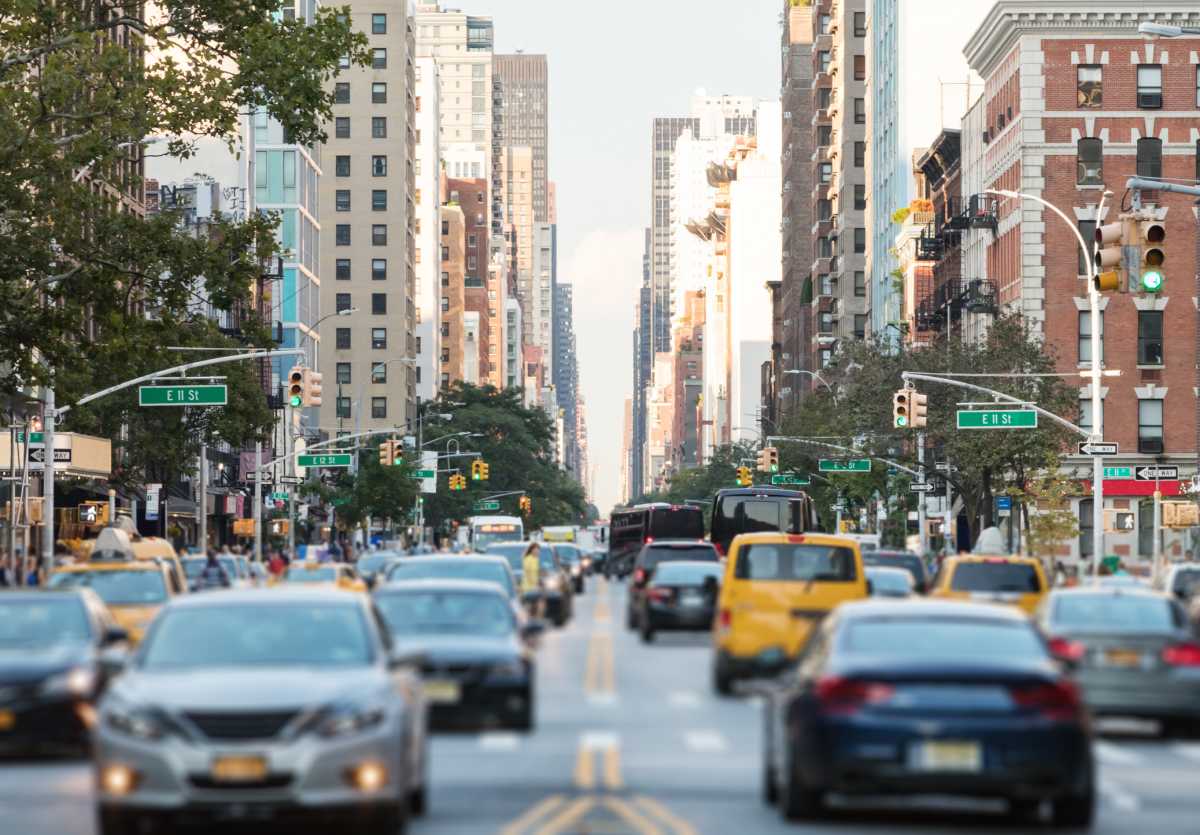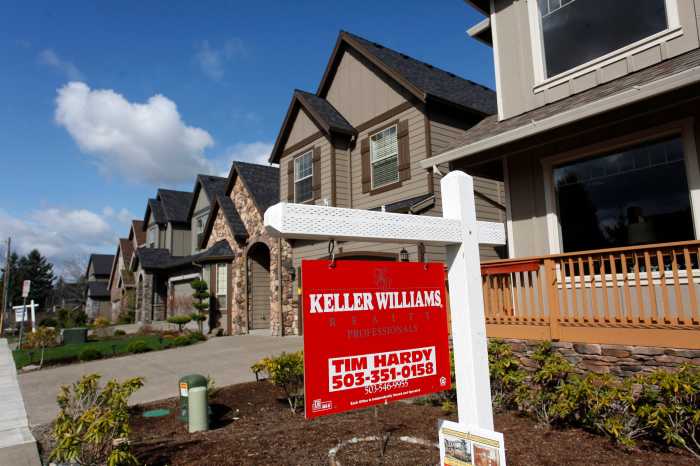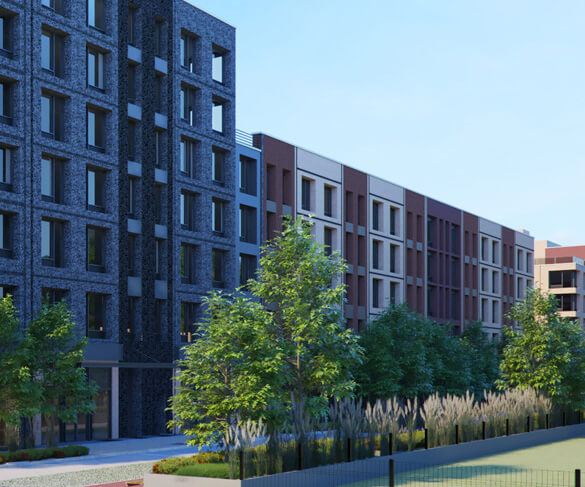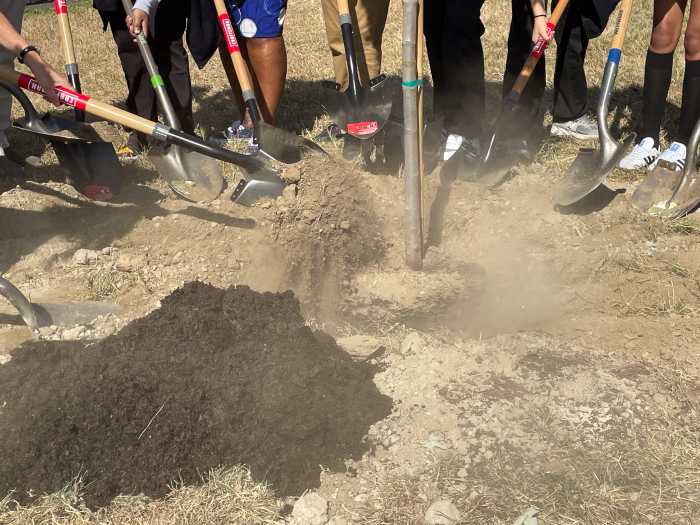With the city practically shutting down at the start of the COVID-19 pandemic, tens of thousands of renters lost their jobs and found themselves unable to pay their rent. The entire real estate industry, meanwhile, found itself in flux as well — as thousands headed out of the city, leaving plenty of vacancies and no one to fill them.
At the start of 2020, renters rejoiced at the news that broker fees for prospective tenants who did not go through a broker had been banned. The ban was a part of two bills, New York State passed two acts that were designed to help renters: Housing Security & Tenant Protection Act of 2019 and the Housing Stability & Tenant Protection Act of 2019, which were meant to protect the rights of renters.
There had been some confusion regarding who the ban applied to, causing a stir in the real estate industry. The ban has since been put on hold.
With shutdowns starting in March, many were struggling to pay their rent and mortgages during the pandemic, on a residential and corporate level. This led to a number of businesses closing their doors, as well as lifelong New Yorkers seeking refuge on Long Island or in the surrounding areas.
“If the city does well, the real estate industry is going to do well,” James Whelan, president of the Real Estate Board of New York (REBNY), said on the Schneps Connects Podcast. “If the city is not doing well, real estate is going to have its issues and vice versa, the two are so intertwined.”
But throughout the year, New York City built up around $2.5 to $3.5 billion in owed back-rent, affecting 1.5 million households. With the rent struggles, the state enacted an eviction moratorium that kept tenants safe from losing their homes amid the pandemic.
However, many landlords began to push back, trying to find ways to get their renters out so they could collect rent from new tenants that could afford to do so.
“We are grateful for the state legislature for the measures that have kept tenants in their homes, but there is still predatory behavior from landlords,” said Rebecca Garrad, Campaigns Manager for Housing Justice for Citizen Action of New York. “They are threatening tenants, denying tenants services within their units and buildings, in an attempt to harass people out or cost save on backs of people who are the most vulnerable. There are some good landlords who worked hard to make this work, but on the other side, there are widespread predatory behaviors.”
The city’s homeless population also took a huge hit during the pandemic. According to Garrad, a disproportionate number of homeless New Yorkers were becoming infected with COVID-19 due to their inability to follow social distancing guidelines and as a result, furthering the virus’s grasp on the city at large.
“There are 92,000 homeless New Yorkers, based on shelter counts. We’ve had band-aid solutions with hotel rooms being utilizes to allow the homeless to socially distance themselves,” said Garrad. “When pandemic is brought under control, the solution that homeless New Yorkers go back to shelter/congregate settings are not sustainable or safe solutions. I think what’s troubling is we’ve seen a real highlight of the holes and gaps of systems that aren’t working, and a year later no systemic solutions to those stop-gap measures.”
Though there are programs in place to help mobilize funds, the full amount is not being put out to those who need it fast enough. For Garrad, it is in the best interest of the state to not only address the homeless crisis, but also to get legislative measures in place to be ready just in case something like this could happen again.
“There are two needs here, we still need a rapid response legislative solution to the large amount of back-rent owed, the federal funding in December and additional funding will come and need to be allocated in a way that is easy to distribute and make it a just solution for tenants, not just for landlords, said Garrad. “In addition to that, we need proactive legislation so we don’t end up in a crisis, whether it’s another pandemic or a climate crisis. We need to start addressing system changes in order to get this crisis under control.”
Falling prices
As many New Yorkers began to leave the city, rents started to drop.
By the end of the second quarter of 2020, StreetEasy found that Manhattan rents were falling and potential renters were boosting their searches in Brooklyn and Queens. According to StreetEasy, in November of 2020 rents in Manhattan dropped 12.7% year over year, the biggest drop since the Great Recession. Rents across the five boroughs continued to fall by varying amounts, making record lows for certain areas in Manhattan and the outer boroughs.
Despite the drops in price, some renters have seen their landlords raising rents during the pandemic, and, according to a Zumper report, New York City remained the second-highest rental market in the United States.
“It’s frustrating for renters because they’re seeing headlines that rents have plummeted but what they were seeing was that their rent went up,” said Allia Mohamed, co-founder and CEO of openigloo. “You can’t deny that there’s a rent cut across the five boroughs, it really depends on the neighborhood. People are definitely experiencing different rent scenarios. It’s not going to go back to 2020 levels overnight, it could take a year or two.”
openigloo is a renter app that launched in August 2020 that combines crowdsourced tenant feedback with open-source city data to provide New York renters with a platform to review landlords, building amenities, and get an inside look into any building or property owner across New York City. According to the openigloo’s data, 70% of users were looking for buildings with strong COVID-19 safety protocols. Renters were also on the hunt for landlords who were offering rent relief during 2020.
As we head deeper into 2021, StreetEasy predicts that Brooklyn will become the go-to borough for prospective NYC transplants as the borough offers amenities like green spaces and extra room to roam, which became big asks during the pandemic. Mohamed says that renters can take a beat and figure out where they want to live as New York starts to bounce back as rents are still decreasing.
“There are 12,000 empty apartments in Manhattan. We’re in a time where tenants can take longer than 5 minutes to think about where we want to live. Landlords are going to have to add more concessions. In 2019, 5 or 6 people were going after the same space. This is positive for renters and we hope to be the platform to help them through it,” said Mohamed. “Even though people are coming back to the city, there are still decreases in rent. … Rent has decreased 17% in Manhattan and 13% in Brooklyn, it’s encouraging renters to take their time and do their research.”




































